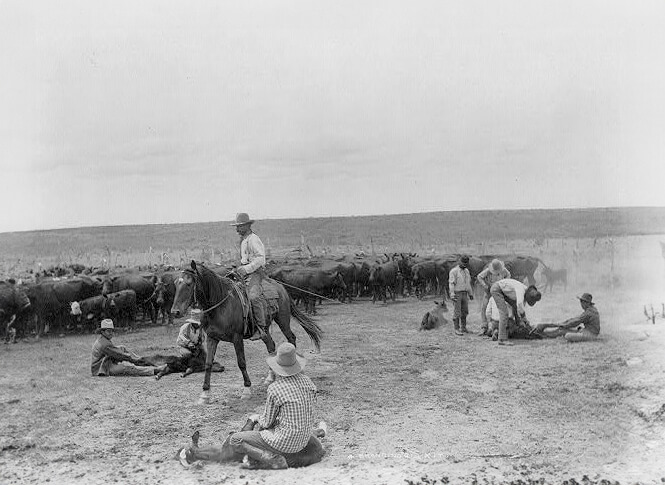Abraham Lincoln Clears a Path: His Agricultural Legacy
Students diagram the life of President Abraham Lincoln, including his childhood, presidency, and role during the Civil War, and describe his agricultural legacy and impact on agriculture today.
Students diagram the life of President Abraham Lincoln, including his childhood, presidency, and role during the Civil War, and describe his agricultural legacy and impact on agriculture today.
Students explore the life cycle of wild rice, compare the steps of the traditional Native wild rice harvest with a cultivated wild rice harvest, and create their own wild rice bowls.
Students pursue a process of inquiry to profile George Washington, evaluating the personal characteristics that made him a great leader while also exploring historical and modern food systems.
Students investigate how wheat is grown and processed into flour and other wheat products and create wheat puppets to perform a play.
Students observe soil changes in relationship to depth and identify factors associated with soil formation.
Students work in teams to play a game in which they answer true/false questions about swine and then research and develop questions of their own.
Students explore a variety of vegetables that can be stored through the colder months, including roots, alliums, cole crops, and winter squash and compare and contrast how families store food now with how they stored food long ago.
Students investigate six kinds of simple machines—inclined plane, pulley, screw, wedge, lever, and wheel and axle, and determine that simple machines can be combined to form complex machines.

Students explore cowboy culture and history and research 19th-century Texas cattle trails by writing cowboy poetry, mapping historic cattle trails, and creating cattle brands.
Students use simple machines to examine the relationships between force and motion, complete a science journal, and participate in group activities to demonstrate the use of simple machines.
Students demonstrate rain drop splash (splash erosion) and determine its impact on bare soil by visually identifying types of erosion.
Students make observations about historic tools used on a dairy farm to store and process milk into cheese and butter.